The Benefits, Challenges, and Characteristics Between Different Oil Painting Surfaces
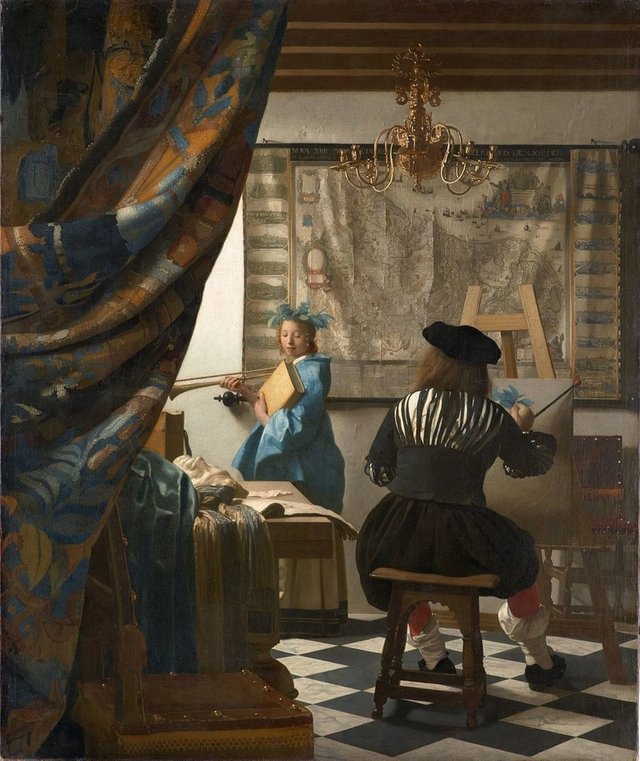
(The Art of Painting, by Johannes Vermeer)
Greetings and salutations Everyone!
In this post I thought it would be a great idea to share and express my thoughts and personal experiences of handling the various kinds of painting substrates. Through the years of my painting career, I have found it to be a wise approach in investing the time to research the options of what painters choose to paint on and what they have to offer. In doing so, not only do you learn in their various advantages, but you’ll also become better equipped in knowing how to overcome their challenges.
..So let’s get started!
So while typically not my top favorite, depending on what I’m painting I do enjoy working on canvas every now and then. It’s known to be very forgiving in that it can take some abuse. Canvas is pretty good in that it is durable depending on its thickness, thread count, and how rough it is. Sometimes I like to work on the coarse stuff in that it has the ability to hold many layers of paint and can be scraped with ease. While it can hold lots of paint, this provides the opportunity to take advantage of the effect of what we call “broken color”. If you’re wanting to create work depicting subtle renditions in form, I wouldn’t recommend this.
When either working with canvas or linen, it has been known for many many years that the traditional choice in preparation of this substrate has been to stretch it with the use of stretcher bars. While this practice is still common today, I prefer to attach the material to a rigid panel, such as birch, masonite, or aluminum. Considering the length and history of the classical tradition, it is a little known fact that before the practice of stretching canvas or linen became popular, painters use to predominantly work on panels/wood; mainly birch. In my humble opinion, stretching presents too many long term archival issues.
If you’re interested in this kind of stuff, I highly recommend the works/lectures of George O’ Hanlon, the founder of the company Natural Pigments.
https://www.naturalpigments.com/
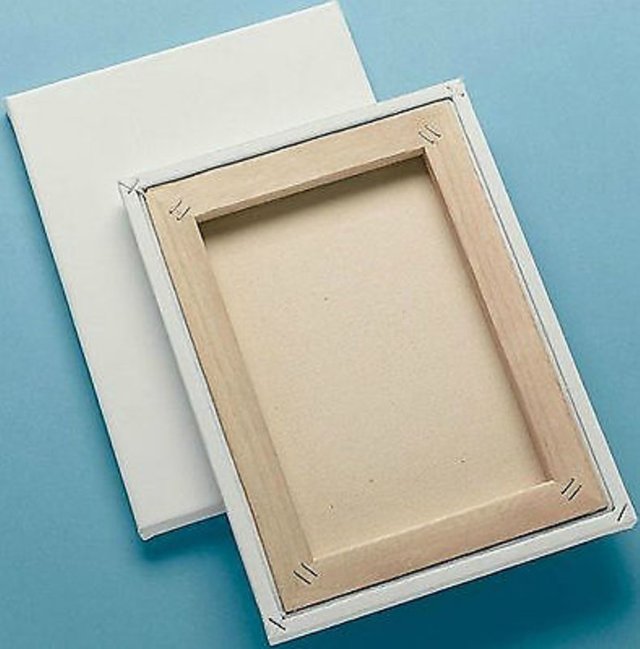
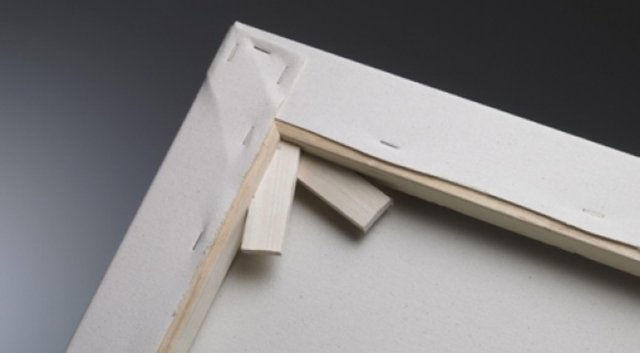
I would say working on linen is one of my top two choices! There is quite a few good brands out there, but I’d say my favorites are Centurion and Claessens. Centurion’s pre made linen panels are pretty good too. Centurion’s linen is a little more flexible, so that makes it a little easier in mounting it to panels in my experience. So even though Claessens is more rigid, out of the two it definitely is superior in not only in the quality of the linen, but also in the quality of the oil ground. It is more expensive, but you definitely get what you pay for that’s for sure! There’s just something about it in that the way the surface grabs the paint.
I also like these brands as well because overall, working with an oil ground is so much better to work with in several ways as compared to working on a surface that is primed with an acrylic gesso. Not only is an oil ground ideal in an archival sense, but it is less frustrating to work with in that it is less absorbent. The more absorbent the surface is, the more one has to oil out, which can become quite the headache! Working on linen is definitely the way to go when you're wanting to create detailed and refined work.
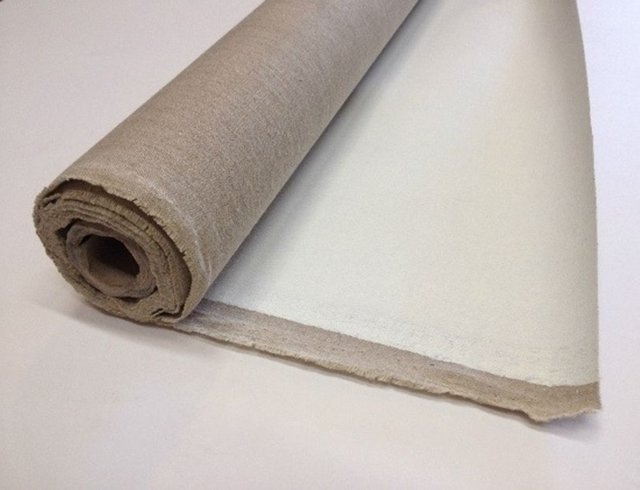
Working on panels/wood I have to say is my other top favorite. When working on this kind of surface, I typically go for either MDF, masonite, Dibond (aluminum), or birch, at least ⅛ inch in thickness. Cradled panels are nice too in that they add extra security from becoming warped, however I believe that is unnecessary if your painting is smaller than 16” x 20”. Working with aluminum you can in fact work very large as it doesn't warp.This smooth surface is great for turning form into a refined state very fast. I would recommend wood and aluminum panels for long term quality work. Quick studies not so much as that can get expensive!
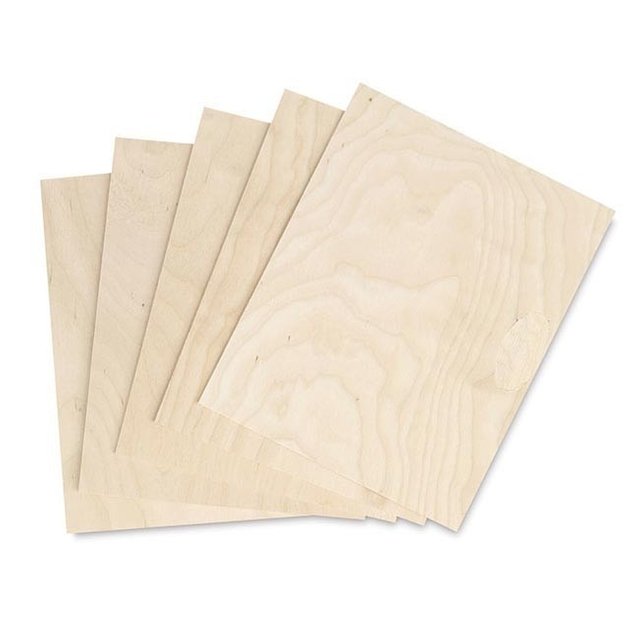
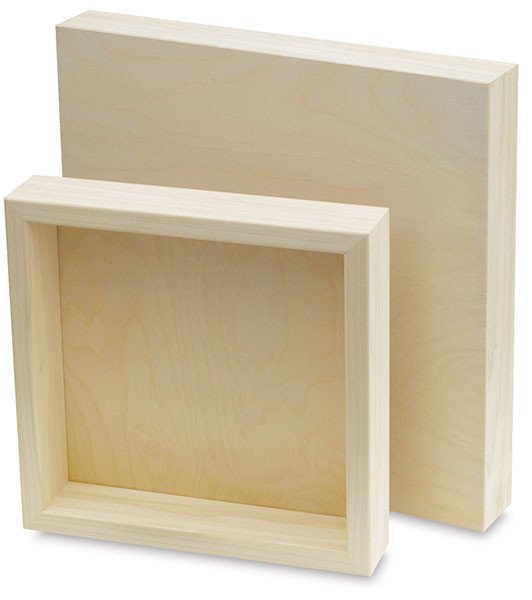
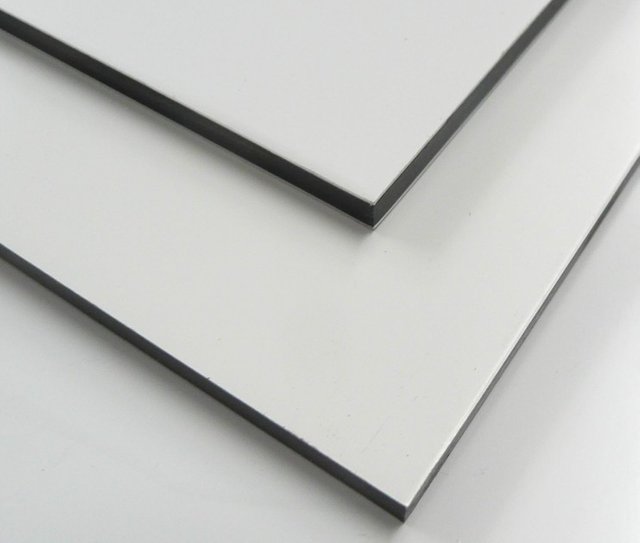
Canvas/linen panels (Centurion, Frederix, and Ray Mar for example) I think are a good dependable and economic choice. Not only are they durable, but they’re lightweight. They don’t take up a lot of space, which makes them perfect for plein air work.
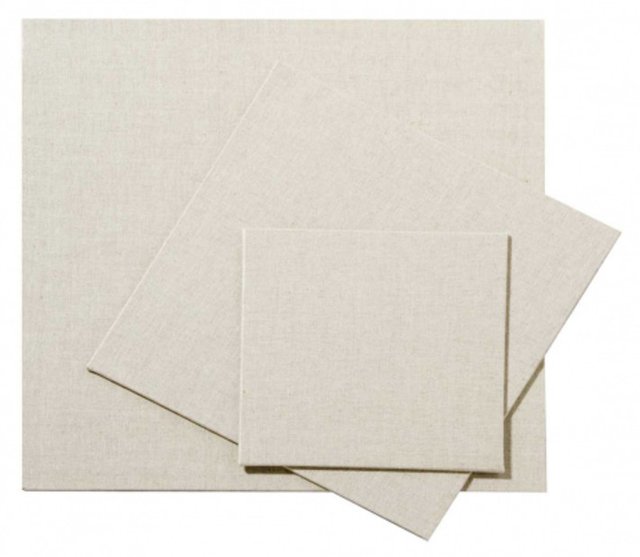
Working on watercolor paper primed with an acrylic gesso I have to say is a great choice for making quick studies. I wouldn’t recommend priming the paper with an oil ground as that would kind of defeat the purpose as oil grounds are generally pretty expensive. Despite this cheaper alternative, I have known some painters that have made some fantastic highly detailed long term work on paper. I personally would recommend getting the cold press as it grips the gesso better. Oil painting on paper I think is also pretty cool in that you can cut it to any size you want very quickly. I’ve even known a couple of artists to have prepared several sheets and made a book out of them! Of course you’d have to wait for your painting to dry before you could turn the page you know? Ha!
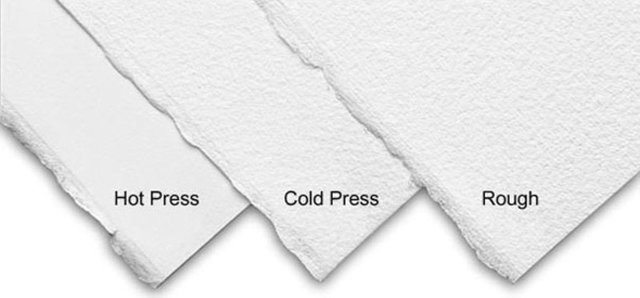
Working on paper that is shellaced I’d say is about one of the cheapest ways you can go. Taking this route I have to say is best for when the artist is wanting to make a bunch of quick “throw away” studies. This is definitely NOT for any kind of long term painting, ESPECIALLY if you’re intending to sell the work.
Bull’s Eye brand shellac is pretty good for this. I recommend getting the amber color stain as it simultaneously acts as an imprimatura. You don’t even need a lot as a little goes a long way! Just a couple of coats will do the trick. Be careful though as this stuff dries SUPER fast. If you’re wanting to make a bunch of practice painting surfaces ahead of time on a budget, this is the way to go.
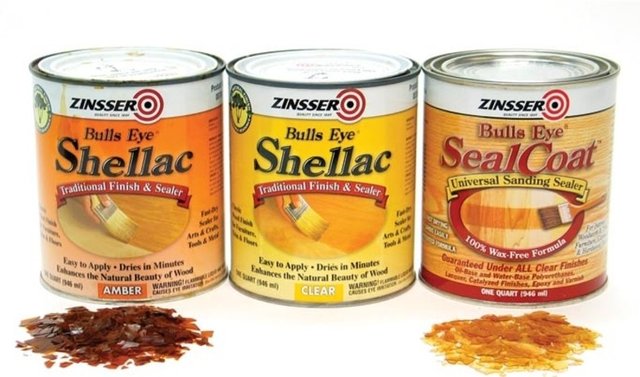
..Soooo that's about it!
Please feel free to let me know what you think?
Thanks for reading Everyone!
-James Hansen
https://jameszenartist.weebly.com/
Giving out free votes to the little guys, I hope you appreciate.
Downvoting a post can decrease pending rewards and make it less visible. Common reasons:
Submit
I do very much, thank you! :)
Downvoting a post can decrease pending rewards and make it less visible. Common reasons:
Submit
@OriginalWorks
Downvoting a post can decrease pending rewards and make it less visible. Common reasons:
Submit
The @OriginalWorks bot has determined this post by @jameszenartist to be original material and upvoted it!
To call @OriginalWorks, simply reply to any post with @originalworks or !originalworks in your message!
Downvoting a post can decrease pending rewards and make it less visible. Common reasons:
Submit